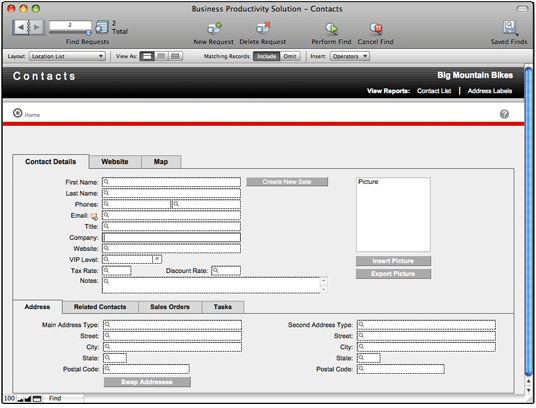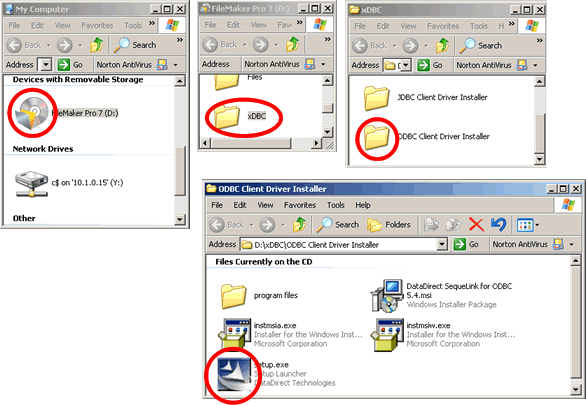

You can now use FileMaker Pro as a friendly front-end to any MySQL, MS SQL, Oracle, Access or any ODBC capable database. Theoretically, you could create an entire FileMaker Pro database based solely on MySQL data tables with no tables defined within the FileMaker Pro file. Through a layout, you can then add, remove or modify the external records as if they were in a FileMaker Pro table.
.jpg)
You can even add calculation and summary fields to the tables for use within FileMaker Pro. Calculations can be made in the context of a data source table. Tables can be added to the relationship graph, layouts can be created showing records from a MySQL (or any ODBC capable database) table. The data source acts similar to a reference to another FileMaker Pro database file. In FileMaker Pro 9, ODBC connections are treated like a FileMaker Pro external data source, formerly known as file references. In databases I had created in FileMaker Pro 7 where data synchronization with a MySQL database was required, I was forced to first delete all data in each MySQL table before repopulating it with live data from the FileMaker database. Limitations of this functionality included the following:

Using the Execute SQL script step, you could specify a ODBC DSN (Database Source Name) and execute any SQL statement that you can build with a FileMaker Pro calculation which could include field data. It will depend on the contents and type of your data.Previous Versions of FileMaker Pro and ODBCįilemaker Pro has had the ability to connect to and use ODBC as early as version 7. I would recommend also considering some of these factors when deciding which format will work for you. Size: when exporting one of our tables, this was the size of the file.Future proof: According to Wikipedia, format is still widely used and actively maintained.



 0 kommentar(er)
0 kommentar(er)
